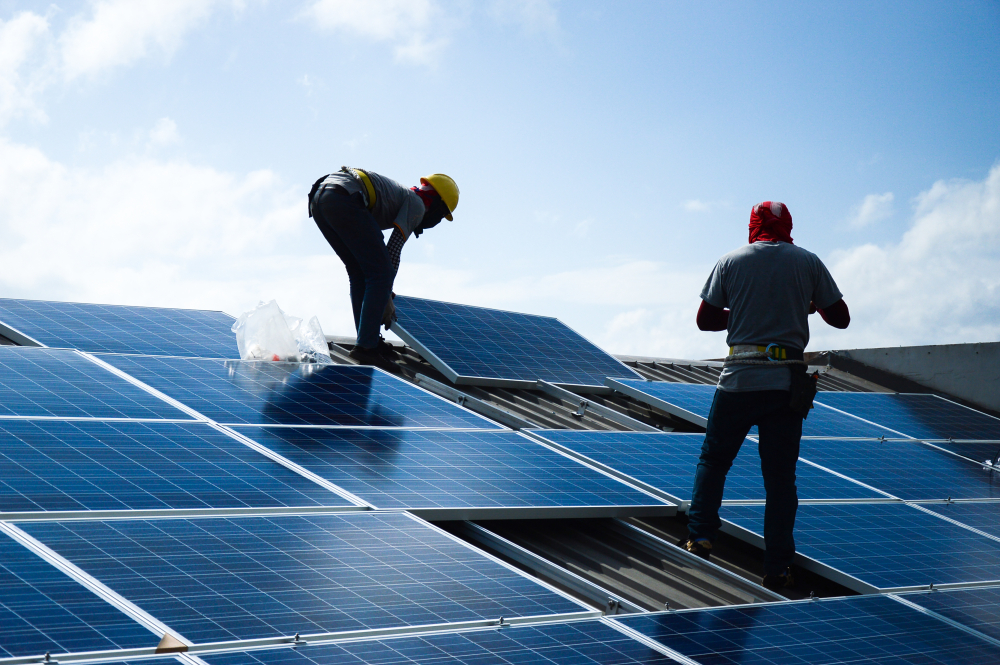Photovoltaic concrete is a new kind of concrete that generates its own electricity by converting light to energy. This can be done using a process called semiconducting, which is similar to how solar panels work.
The concrete panels are built with ultra thin solar panels that are conveniently delivered as it to the construction site. The company responsible for this new innovative idea claims that a typical 10-story building covered in 60% of these panels could generate around 30% of the annual energy requirement.
Photovoltaic concrete debuted at the French construction fair, Batimat, in November of 2017 by LafargeHolcim, a Swiss firm and the world’s largest maker of cement and Heliatek, a German solar panels company.
The technology used to generate the electricity is notoriously complicated and has come with a number of concerns. Back in 2016, Tesla debuted photovoltaic roof tiles that were more said to look better than regular tiles but just two years later and very very few numbers of them are actually in production or have been installed.
Ultra-Thin Concrete Roof
Researchers at the Swiss Federal Institute of Technology in Zurich have successfully used this concrete to make an ultra-thin prototype roof for part of the school’s living lab facility, NEST, that is capable of producing more energy than it consumes.
The prototype was around 7.5 meters high with a total curved surface area of 160 square meters when it was first construction. Now it has been dismantled so that it can be implemented on to the HiLo apartment building that’s part of the NEST project next year.
The roof is made from several layers of the concrete, the innermost layer, which is the foundation with the heating and cooling coils and insulation inside it, is covered in more concrete layers. Then thin photovoltaic cells are used to harvest the solar energy.
Solar panels mounted to the roof of your house isn’t a new or unique idea in this day and age, but various advanced versions of the technology have been emerging in the past few years, giving a positive outlook on the future of clean affordable energy. Along with being more efficient than the traditional solar panels, this new hardware is typically a lot cheaper than the solar panels produced by Tesla.

